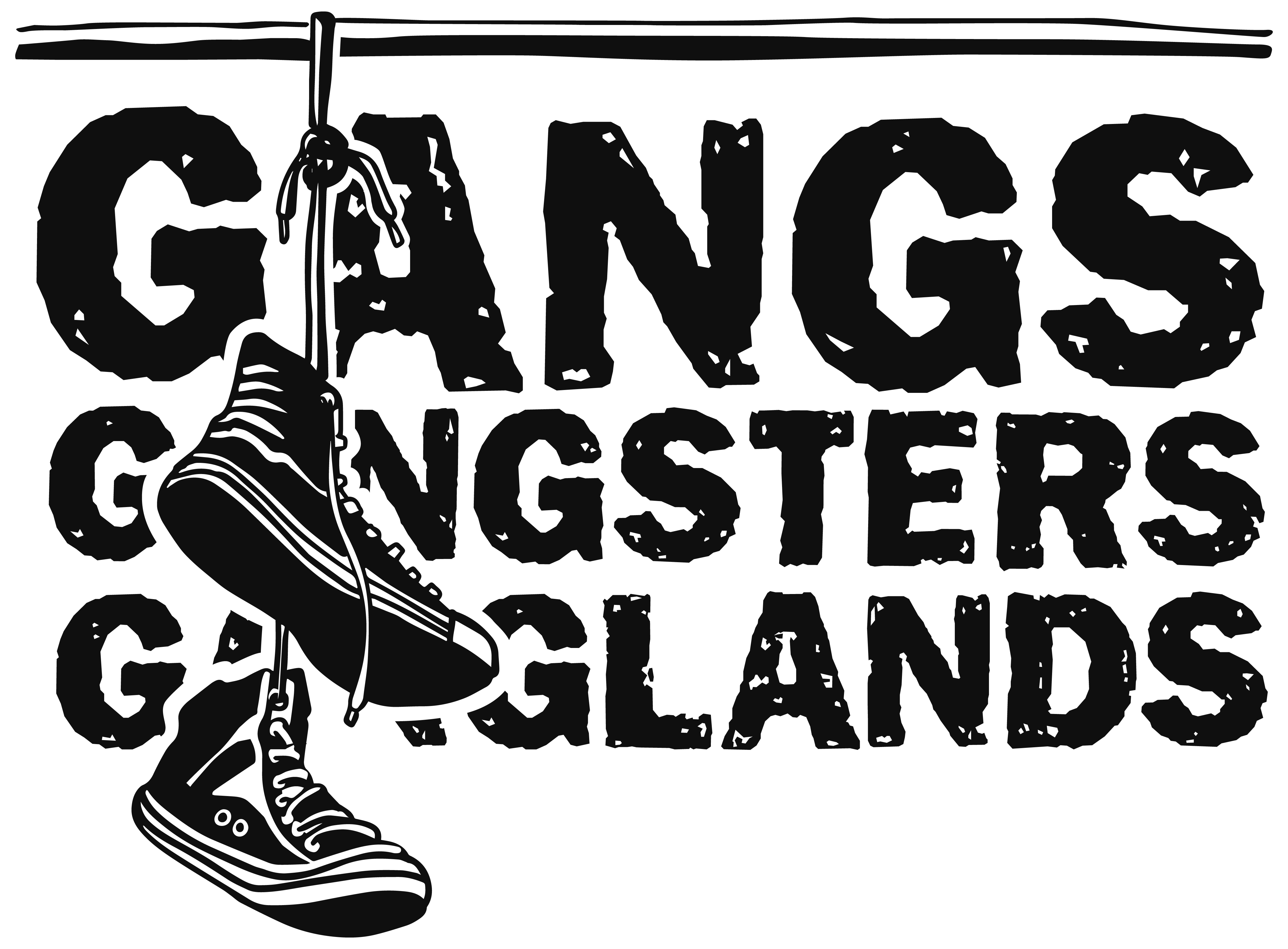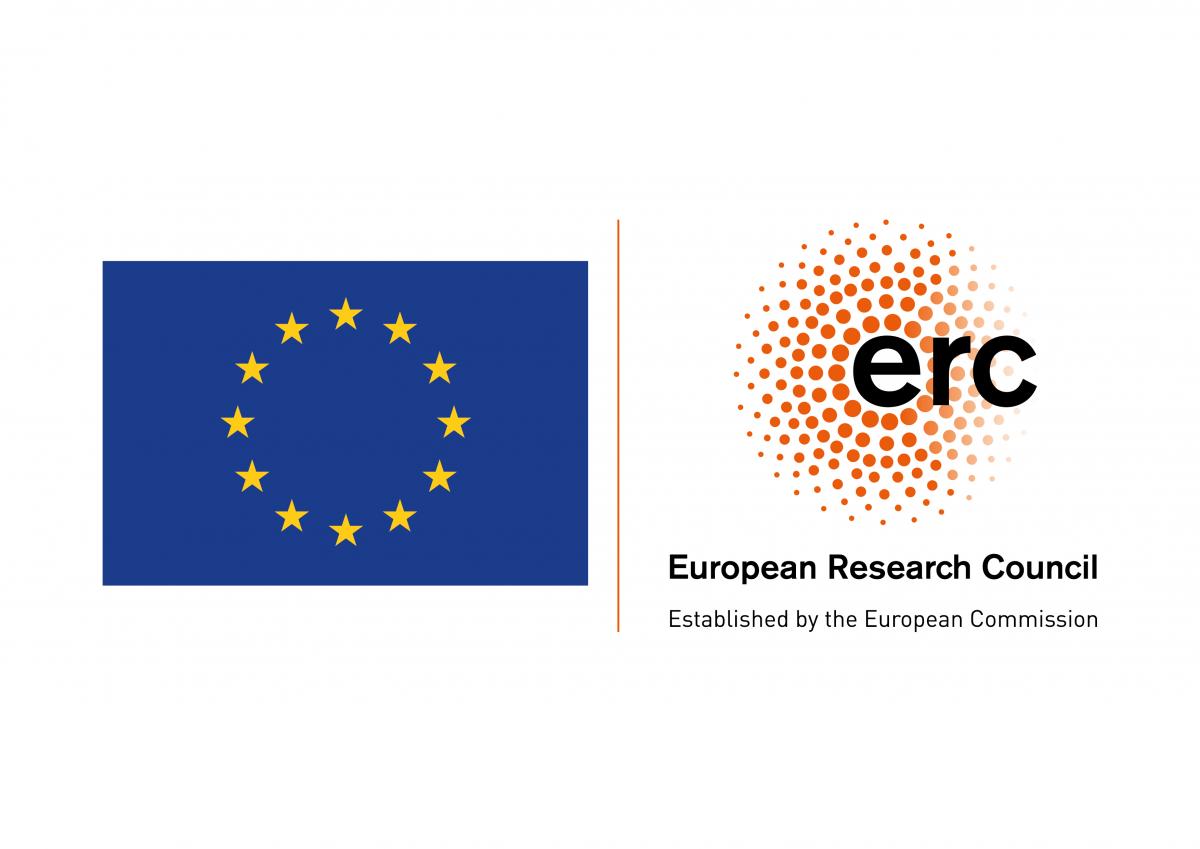Project Description
Gangs occupy a key position in the global imaginary of violence, widely perceived and represented as primary sources of brutality and insecurity. This can be related to the fact that they are one of a small number of truly global phenomena, found in almost every society across both time and space. At the same time, however, as almost 100 years of gang research have highlighted, the phenomenon can vary significantly in form, dynamics, and consequences.
While there have been many insightful studies of gangs, the overwhelming majority have focused on a single group or location, and we still lack a proper sense of what kinds of gang dynamics might be general, and which ones are specific to particular times and places. The “Gangs, Gangsters, and Ganglands: Towards a Global Comparative Ethnography” (GANGS) project, funded by a European Research Council (ERC) Advanced grant (no. 787935) awarded to Prof. Dennis Rodgers, ran between January 2019 and June 2024, and aimed to develop a systematic comparative investigation of global gang dynamics. The objective was to better understand why gangs emerge, how they evolve over time, whether they are associated with particular urban configurations, how and why individuals join gangs, and what impact this has on their potential futures.
The GANGS project was built around three primary case studies, Managua in Nicaragua, Cape Town in South Africa, and Marseille in France, and two secondary case studies, Naples in Italy and Algeciras in Spain. A core team of 6 researchers carried out a total of 59 months of qualitative research in these five cities, both individually and collaboratively, and a further 46 researchers also contributed to the project.
Research adopted a “disjunctive” comparative approach, the aim of which was not to measure the extent to which phenomena in different contexts might be similar or different, but rather to set different instances of a given phenomenon alongside each other to see what might come out of an examination of their similarities and differences. The logic of this approach was to “ask questions from elsewhere” in different contexts, in order to stimulate doubts and open up new avenues for investigation. The ambition of the research was thus to raise conceptual questions, and generate insights that lent themselves.
Key findings
A key finding of the GANGS project is that representations and analyses of gangs commonly tend to disconnect them from their wider social environment. They are portrayed as disembedded and autonomous organisations, something that legitimises repressive interventions by state and non-state actors, as these are seen to affect only the gangs that are their targets and not the communities within which the gangs emerge and operate. Our research however demonstrates how gangs are fundamentally embedded within, and shaped by, broader social, cultural, economic, and political processes, both intrinsically and in relation to the consequences of their violence, and need to be understood as such. In particular, the origins and organisational evolution of gangs, as well as the nature of their violence, changes as a result of both endogenous and exogenous factors, as well as their variable articulation.
Another significant research finding is that the way certain urban areas become labelled as “ganglands” obscures the fact that those living in such areas often also suffer non-criminal forms of brutality, including structural, infrastructural, environmental, or bureaucratic violence. This prevents an understanding of the fundamentally systemic nature of urban violence, and the way that different forms of violence interrelate and feed off each other. Particular discursive constructions of urban areas as “ganglands” also downplay local histories, identities, and attachments, which not only facilitates generically repressive policing initiatives, but also the implementation of tabula rasa urban development initiatives that can have highly iniquitous local outcomes, in particular in relation to public space.
The gangster life histories collected for the GANGS project showcase the non-deterministic nature of individual trajectories and generally finite nature of gang membership. Recruitment into, membership of, and exit from the gang is variably conditioned by both idiosyncratic and contextual factors that are extremely contingent and situational. At the same time, research also showed how gangster experiences can be directly related to the construction of sustainable post-gang opportunities, with former gang members becoming social workers, street poets, or human rights activists, for example.
outputs
GANGS project research results have been published as a range of different types of outputs, including academic articles, books, blogs, podcasts, contributions to The Conversation, and a policy brief. GANGS project team members also presented the results of their research individually in a wide range of contexts, and collectively at GANGS project-organised conferences and workshops in Switzerland, Denmark, Mexico, South Africa, France, Italy, and Belgium.
Project Overview PROJECT PUBLICATIONS Project Policy Brief





